Gum Disease Treatment – Fort Worth, TX
Revitalize Your Gums for a Healthy Mouth

According to the Centers for Disease Control and Prevention, gum disease is one of the most common oral health problems in the United States. Once the disease sets in, it can be very difficult, if not impossible, to care for your smile on your own. Without timely treatment, this issue can develop and eventually cause permanent damage to your mouth, such as tooth loss and jawbone deterioration. That’s why, at Drennan Family Dentistry, we strive to provide effective, individualized periodontal treatment to reverse the symptoms and preserve your smile.
Why Choose Drennan Family Dentistry for Gum Disease Treatment?
- Highly Experienced Dental Staff
- State-Of-The-Art Laser Gum Disease Treatment
- Personalized Periodontal Procedures
What is Gum Disease?
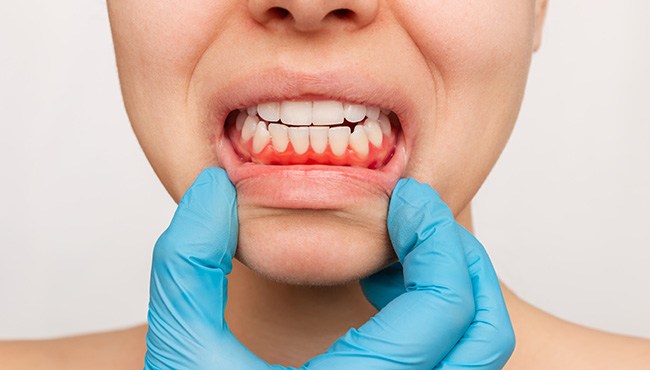
Gum disease, also known as periodontal disease, is an infection resulting from a buildup of oral bacteria. Over time, as plaque and food particles sit between your teeth, they feed bacterial plaque, which allows it to multiply. Once this bacterium has entered your gums, it begins a gradual process that starts with gingivitis and develops into periodontitis. While early gum disease symptoms can be reversed, once it develops it can only be managed with a combination of personal and professional care.
Symptoms of Gum Disease

Gum disease is hard to spot until you begin to show symptoms. Here’s what you can look for to see if you might have developed the disease:
Signs of Gingivitis
- Red or swollen gums that bleed when brushed or flossed.
- Chronic bad breath that doesn’t seem to go away, even after oral hygiene.
- Tenderness or discomfort in your gumline.
- Gum recession that has begun to expose the roots of your teeth.
Signs of Periodontitis
- Loose or lost teeth.
- Pain while chewing.
- Gum recession that has caused tooth sensitivity due to severity.
- A sudden change in your bite.
- Your dentures no longer fit properly.
How Do We Treat Gum Disease?

We begin all our gum disease treatments with a consultation to determine your condition's severity. Once we assess your mouth, we’ll lay out your treatment options to decide the best fit for your case. We offer both scaling & root planing as well as laser treatment. Both procedures have a long and successful track record of helping our patients reverse or manage their gum disease symptoms.
Scaling & Root Planing
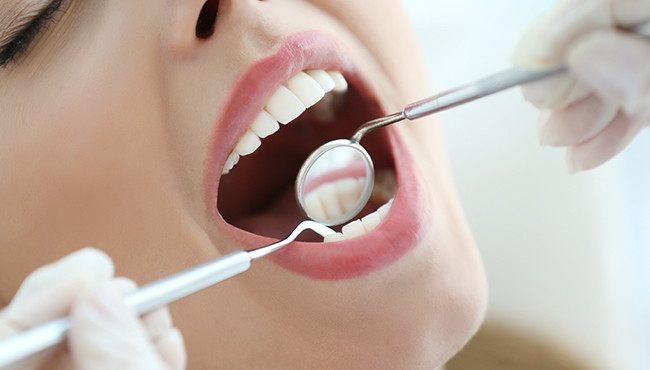
If you’re showing common signs of gum disease, we’ll likely recommend scaling and root planing, also known as deep cleaning. During the first part of this process, our team will clear the area above and below your gumline of all plaque and tartar buildup to control the presence of harmful oral bacteria. Then, we’ll smooth out the roots of your teeth to allow your gums to healthily reattach and protect the previously affected area. Continue reading to learn more about how it works!
Do You Need Scaling & Root Planing?
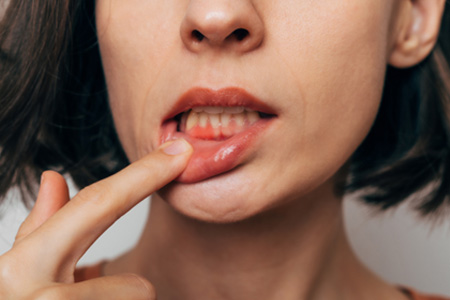
To find out if scaling and root planing is right for you, we will first examine your mouth. X-rays are also taken to collect as much information as possible. Depending on the condition of your gums, the depth of the pockets, and the progression of your gum disease, we may recommend scaling and root planing.
The Process of Scaling & Root Planing
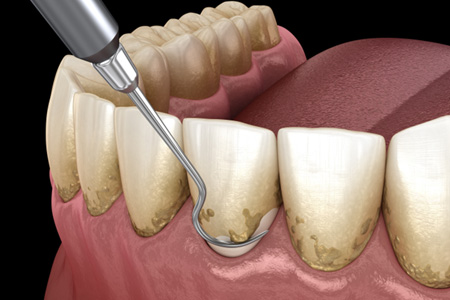
The complete scaling and root planing process is usually completed over the course of two appointments, but this can vary from patient to patient. To remove plaque and tartar, we will begin by scaling your teeth with dental tools. We will target the gumline and below – where the bacteria build up.
After the scaling portion is complete, we will move on to the root planing portion of the treatment. This is when we smooth down sections of the teeth beneath the gumline. This helps the gums to better adhere to the teeth, speeding up the healing process but making it more difficult for bacteria to build up again. Ultimately, this process reduces the risk of developing gum disease again in the future.
Aftercare Tips for Scaling & Root Planing

It is normal for the gums to feel sore after scaling and root planing. They may also be inflamed. This is temporary and should subside over a couple of weeks. Here are some tips to help the healing process go quickly and smoothly.
- Brush your teeth twice daily with a soft-bristled toothbrush and fluoridated toothpaste.
- Rinse your mouth with saltwater after meals.
- Floss every day.
- Stick to a soft diet following your treatment.
- Avoid foods and beverages that are spicy, acidic, or hot.
- Refrain from intense physical exercise until the area has healed.
Laser Periodontal Treatment
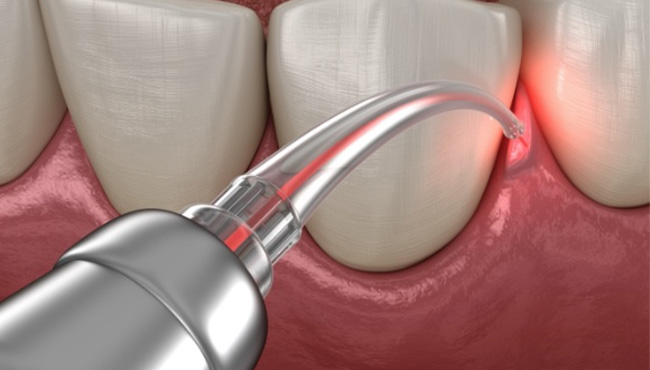
We offer an innovative laser gum treatment that utilizes a Diode laser to reduce the disease-causing bacteria below the gums. Laser treatment is highly effective because the beam targets only the damaged or unhealthy areas, leaving healthy bone and tissue untouched. This procedure can be done the same day during your hygiene appointment and is safe for nearly any patient that has bleeding gums or active gum disease. Laser treatment can also be used to treat ulcers (canker sores), TMJ pain, and sensitivity caused by gum recession.
How Laser Periodontal Treatment Works
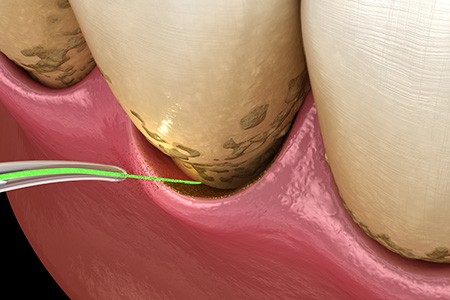
Laser periodontal treatment allows us to remove damaged tissue and bacteria from the pockets around the teeth. The laser only targets diseased gum tissue and sterilizes the area, reducing bacterial levels and promoting healing. Additionally, the laser can be used to access and remove tartar buildup beneath the gumline, helping healthy gum tissue to reattach to the teeth.
The Benefits of Laser Periodontal Treatment
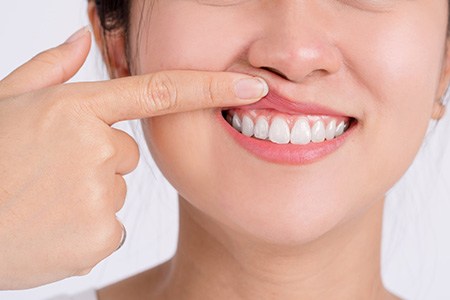
Laser periodontal treatment offers many benefits. Here are some of the most prominent ones.
- Minimally Invasive: Dental lasers are very precise and only target disease tissue, leaving healthy gum tissue untouched. This means minimal pain, bleeding, and swelling during and after the procedure.
- Quick Recovery: Because laser periodontal treatment is minimally invasive, the recovery time is much quicker than traditional gum surgery. You should be able to return to your normal schedule after just a day or two.
- Lowers Risk of Infection: The dental laser sterilizes the area, reducing the risk of infection.
- Effective: Laser periodontal treatment is highly effective at removing infected tissue and bacteria from the pockets around the teeth. This results in improved gum health and reduced risk of complications.
Aftercare Tips for Laser Periodontal Treatment

Your gums will need to take the time to heal after your procedure. Here are some steps you should take following laser periodontal treatment.
- Eat soft, nutritious foods
- Avoid hot and spicy food
- Avoid hard, crunchy foods
- Brush your teeth twice daily
- Floss between your teeth once a day
- Rinse your mouth with an antimicrobial mouthwash






